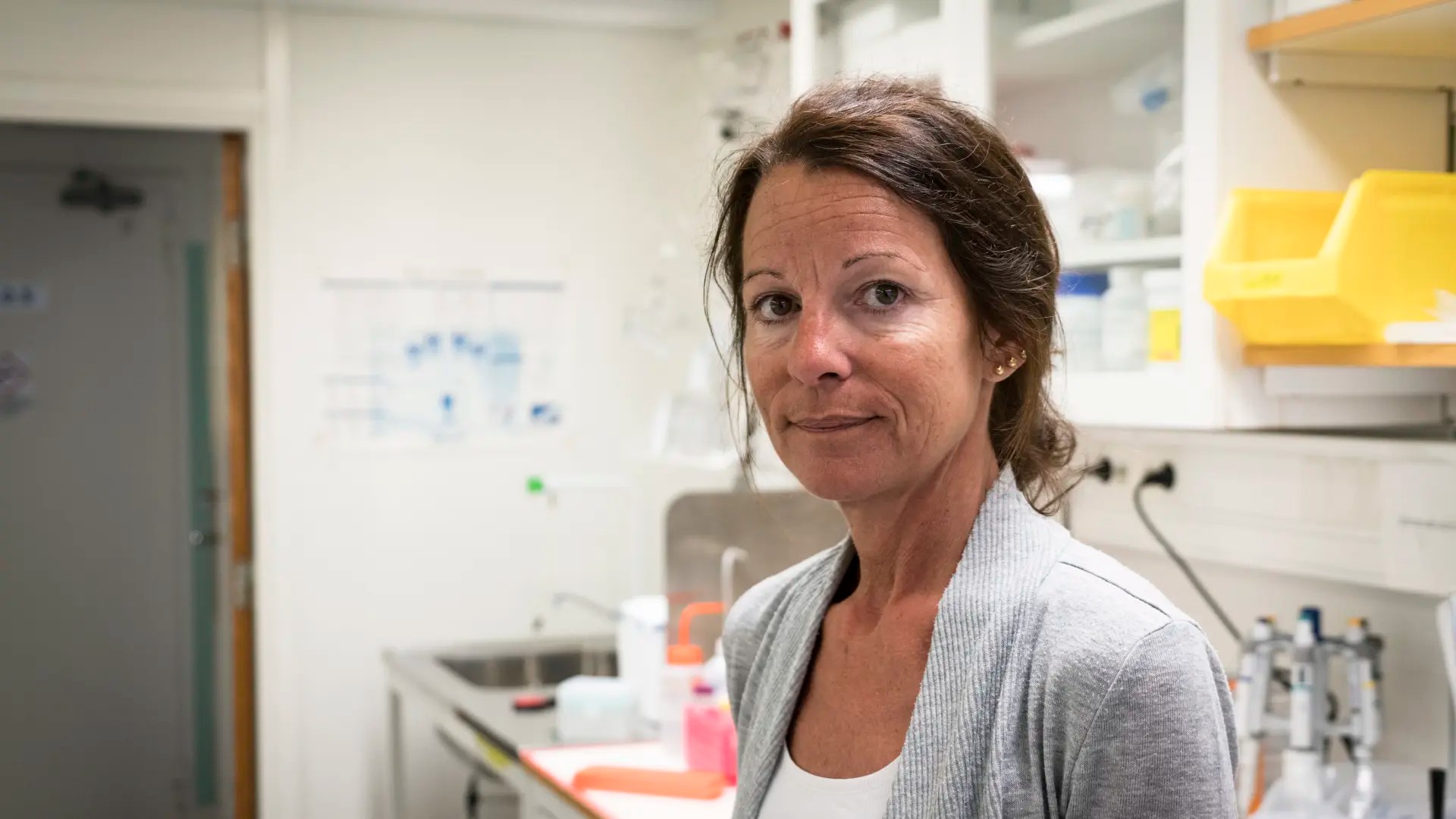
In Wittung-Stafshede’s research team, a combination of state-of-the-art methods are employed to study functional properties of individual proteins and of cellular pathways on a molecular, mechanistic level. The overall goal is to increase basic knowledge important for improving human health and counteract diseases. Current research emphasis is on copper-transport mechanisms in human cells and protein misfolding in Parkinson's disease.
The question of how proteins are folded up into their active functional forms remains a scientific mystery. Nonetheless, the understanding of protein folding processes, and how external factors affect these, are of basic importance to nature and for development of treatments towards a variety of diseases, spanning from cancer to neurodegeneration, as well as protein design.
Increase knowledge of protein folding and misfolding
One branch of Wittung-Stafshede’s research aims to increase our fundamental knowledge of how proteins fold and misfold in vitro and in vivo. The major focus of this part has for a long time been on metal-binding and oligomeric proteins, for which the reaction does not only involve polypeptide folding, but also inter-protein interactions and thus their folding pathways may be affected by metal interactions and protein-protein interactions, respectively. To mimic the crowded cellular environment, experiments are performed in the presence of crowding agents.
Current focus is on protein misfolding and human amyloid diseases, with special emphasis on alpha-synuclein aggregation that plays a role in Parkinson’s disease. The goals are to probe cross-reactivity between different amyloidogenic proteins and how human chaperones (often over-expressed upon disease) may affect amyloid formation.
Copper transport proteins
The other branch of Wittung-Stafshede’s research aims to understand the proteins involved in cellular copper transport. Copper is an essential metal in many enzymes but since free copper can be toxic, copper transport is strictly regulated in cells. Thermodynamic, mechanistic, and kinetic parameters for how the copper chaperone Atox1 delivers copper to metal-binding domains in the Wilson disease protein and what role domain-domain interactions in the Wilson disease protein play for activity, are investigated. The lab is also starting to explore new roles for the copper transport proteins that may be linked to signalling and cancer.
To characterize reactions of target proteins, a range of biophysical and biochemical techniques (spectroscopy, calorimetry, NMR, X-ray, SPR, stopped-flow, AFM, EM, DLS etc) are combined with strategic protein mutagenesis and theoretical approaches, allowing for studies spanning from single-molecule to living cell levels.
Work with us
To potential summer students, graduate students and postdocs that are interested to work in the lab: Please contact Pernilla Wittung-Stafshede. The lab always has open spots for exceptional researchers.



